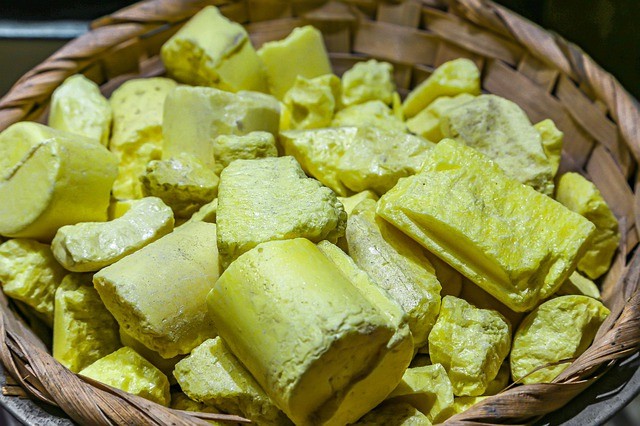The quest for scientists to discover life on other planets will perhaps continue indefinitely. However, recent developments may point us in the correct direction. Scientists have recently discovered a new element of sulfur that can help in identifying planets that host life just like Earth. The findings of the study have also revealed that sulfur can also be one of the many factors for life to exist.

The newly discovered element can have a significant impact on the study of other planets. In addition, the new element may change how researchers study and interpret the data gathered on various projects relating to planets and the universe.
Scientists suggest sulfur can be used to locate life outside solar system
According to a report by Science Daily, scientists discovered that sulfur could be used to track life outside Earth. The researchers of John Hopkins University conducted a study revealing that sulfur can be used to locate other life forms.
The findings suggest that sulfur products could be used in search of life since the element influences the photochemistry of many planets inside our solar system such as, for example, Jupiter and Venus.
"We found that just a small presence of sulfur in the atmosphere, less than 2%, can have major impacts on what, and how many, haze particles are formed," said Chao He, assistant scientist at the Department of Earth and Planetary Sciences at John Hopkins University and also the first author of the study.
"This entirely changes what scientists should look for and expect when they examine atmospheres on planets beyond our solar system," he added.
Sulfur is emitted from plants and bacteria. It is also found in several amino acids and enzymes which is an essential element for life to exist. Because of these, the scientists proposed that it be used as a tracker to identify the existence of biological life.
How can sulfur locate life?
The researchers conducted a few studies with sulfur simulating planetary atmospheres because of its high-level reactivity. Chao He said that the element is so reactive that the experimental setup up will affect the sulfur's dormant state.
This led the team to configure its instruments and equipment to observe the element properly. Currently, only three studies on sulfur simulated in the lab are performed. One of these is to understand its importance on life within Earth's atmosphere. The first lab run conducted had two sets of experiments using carbon monoxide, carbon dioxide, hydrogen, nitrogen, water, and also helium acting as the guide for their first gas mixture.
The researchers created two mixtures: the first one included 1.6% of sulfur while the other did not. The experiment was performed in a Planetary HAZE (PHAZER) chamber which was specially designed in the lab of Sarah Horst, assistant professor of Earth and Planetary Sciences and the second author of the research.
The scientists exposed the two gas mixtures to one of the plasma energy sources. Plasma is an energy source that can create electrical activities such as lightning or energetic particles. It is stronger than UV light which is the main reason for a planetary atmosphere's chemical reactions, as seen on Saturn, Pluto, and Earth.
The result of the research revealed that the mixture combined with sulfur created three times more haze particles that if it were suspended in a gas. These particles are mostly organic sulfur, rather than sulfuric acids, which the researchers believe makes up the majority of an exoplanet's sulfur particles.
Also Read:NASA: 'Potentially Hazardous' Asteroid That Can Destroy Earth Expected to Safely Pass by on Apr. 29
ⓒ 2025 TECHTIMES.com All rights reserved. Do not reproduce without permission.




